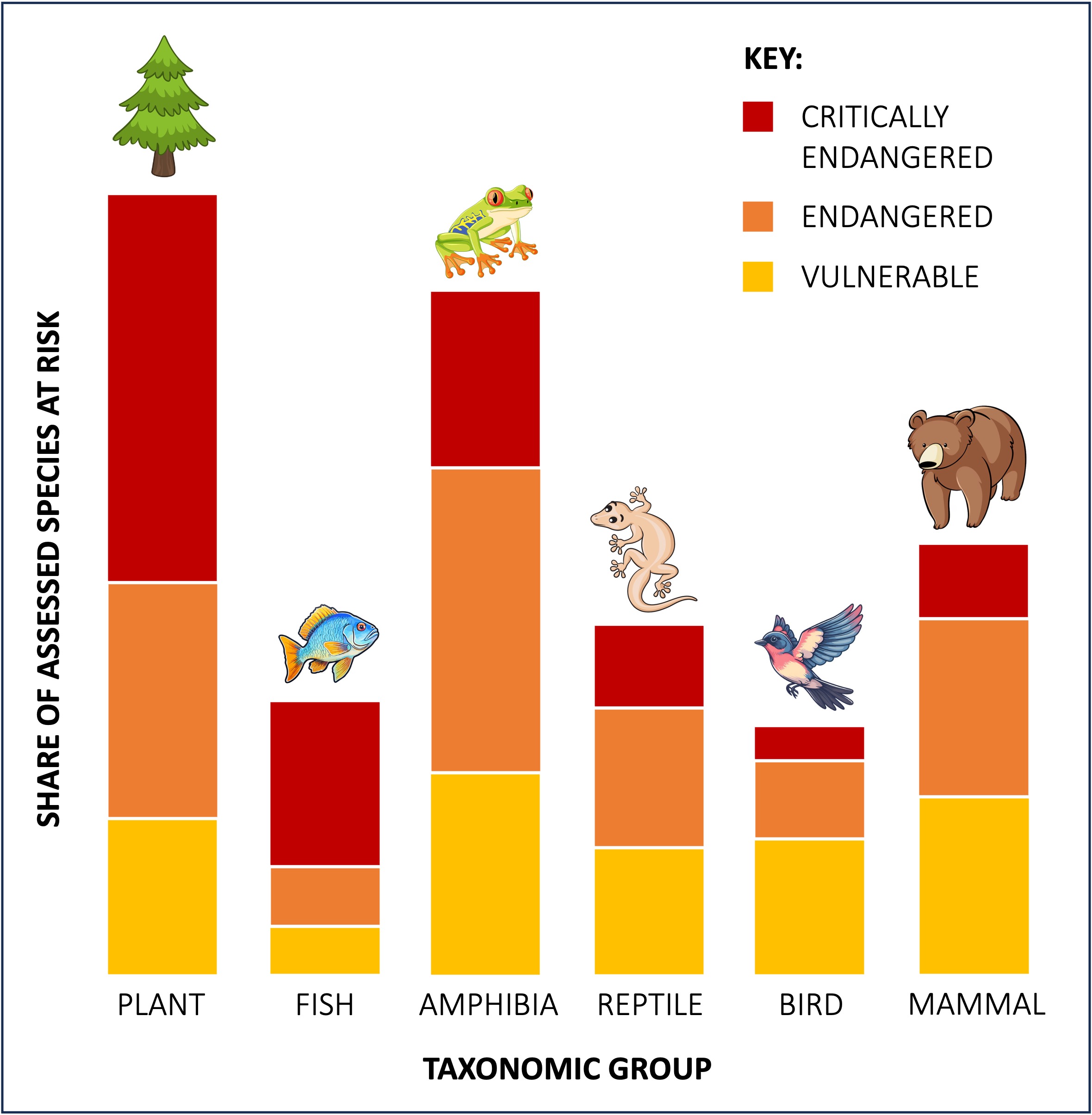

Conservation
Conservation involves the protection and maintenance of natural resources (such as trees, water and wildlife) in order to preserve biodiversity
-
In situ conservation is the preservation of plant and animal species within their natural habitat (on-site)
-
Ex situ conservation is the preservation of plant and animal species outside their natural habitats (off-site)
In Situ Conservation
In situ conservation typically involves the designation of protected areas of land as either nature reserves or national parks
-
Ecological monitoring of species may be required to ensure viable population levels are maintained
-
Legislation may be necessary to ensure adequate funding for policing (no hunting) and education
-
Further interventions may be required to prevent habitat degradation or competition from invasive species
-
Rewilding involves the active or passive restoration of damaged ecosystems to the point where they become sustainable
-
Reclamation involves the repurposing of an area that has been utilised for human activity – in order to restore previously existing ecosystems (e.g. quarries)
-
In situ conservation offers several advantages when protecting endangered species from extinction:
-
It allows species to live in the environment to which they are adapted and to occupy their natural position in the food chain
-
It maintains the animal's normal behaviour (offspring usually aquire skills from parents and peers around them)
-
Retaining the natural habitat prevents its eventual loss and ensures it remains available for other endangered species
-
Such areas provide a place to return animals from breeding programs as they provide realistic conditions for reintegration
-
Reserves in different areas can share information and provide a place for scientific study and developing public awareness
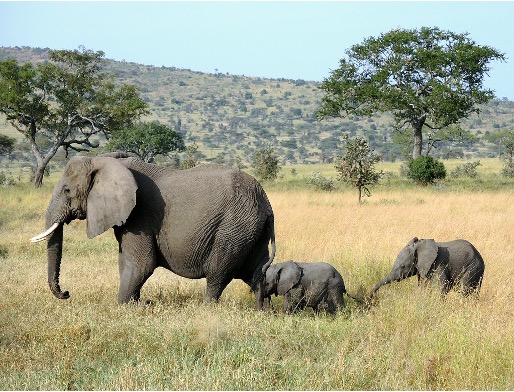
National Parks
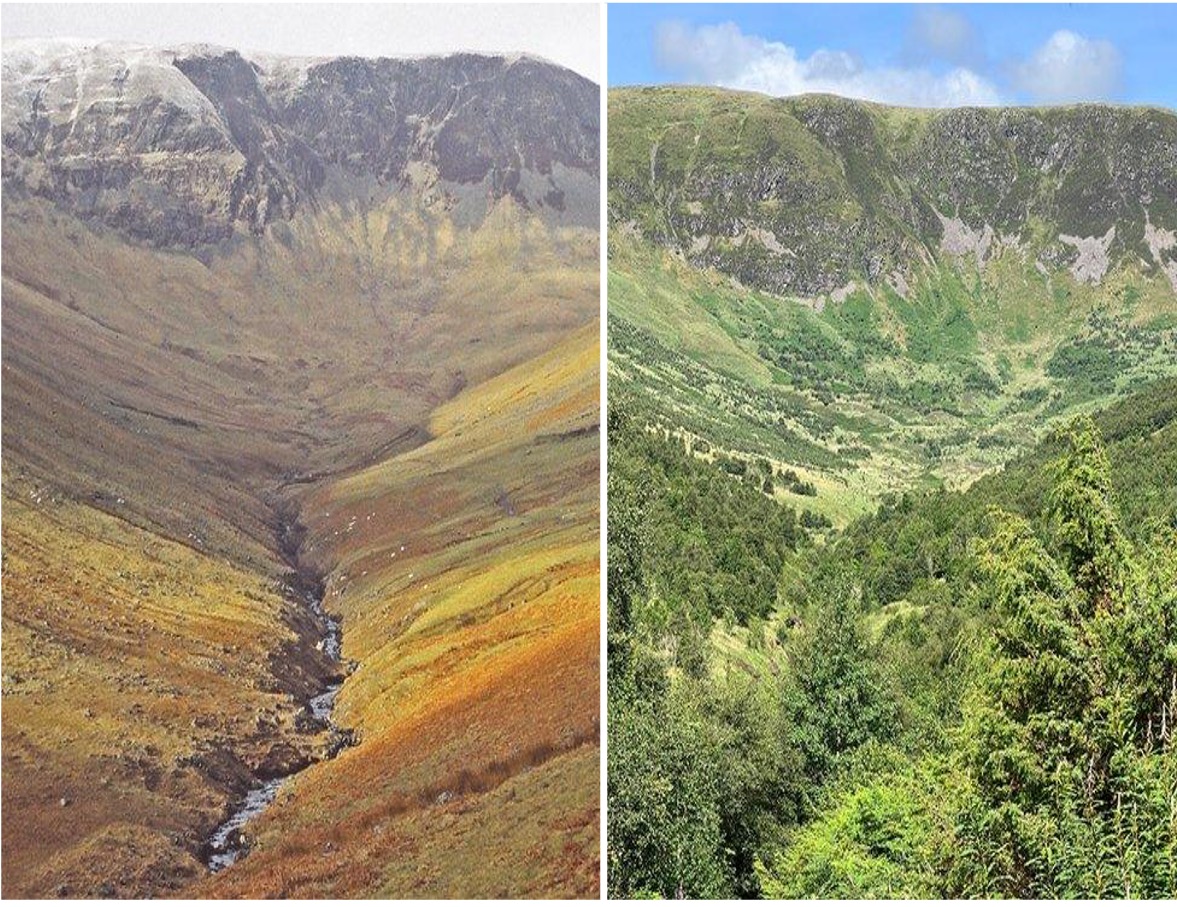
Rewilding (before → after)
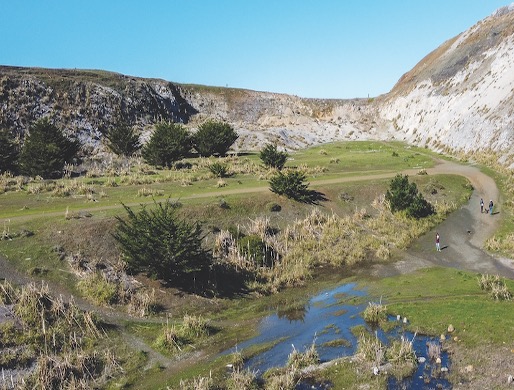
Reclamation (quarry)
Ex Situ Conservation
Ex situ conservation may typically be required for critically endangered species when urgent intervention is required
-
Captive breeding programs involve animals being raised and bred in containment (e.g. zoos) to ensure survival prospects
-
Botanical gardens are areas devoted to the collection, cultivation and display of a wide variety of plant species
-
Seed or tissue banks are secure sites that store and catalogue seeds or tissue samples, in order to preserve the genetic diversity of species
There are several advantages associated with ex situ conservation:
-
It allows for greater control of essential conditions (e.g. climate control, dietary intake, veterinary care, etc.)
-
It can improve the chances of successful breeding by utilising artificial methods (e.g. embryo transfer, IVF, etc.)
Ex situ conservation is also associated with several disadvantages:
-
Such conservation methods do not prevent the potential destruction of their natural habitats
-
Species raised in captivity are less likely to be successfully reintroduced into the wild (loss of autonomous survival)
-
Ex situ conservation increases inbreeding by restricting the gene pool and restricts the evolution of the species
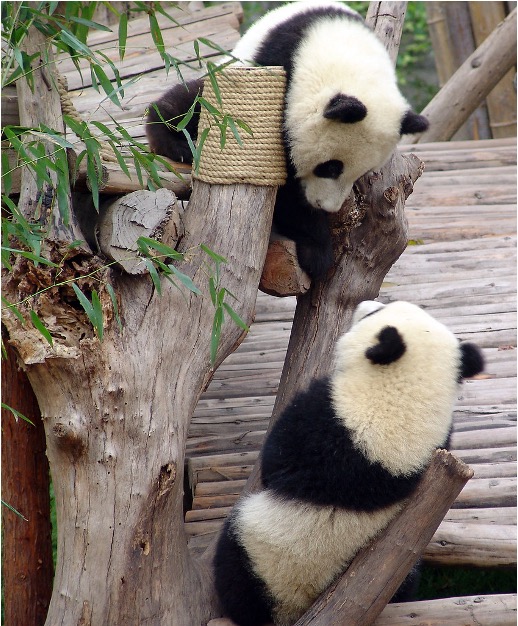
Captive Breeding (zoos)
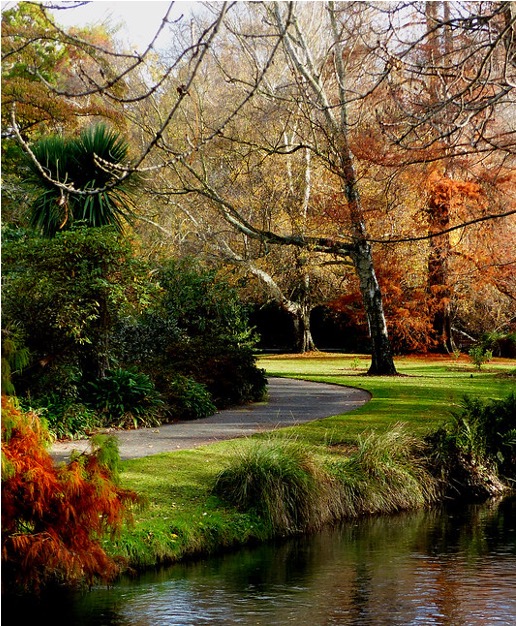
Botanical Gardens
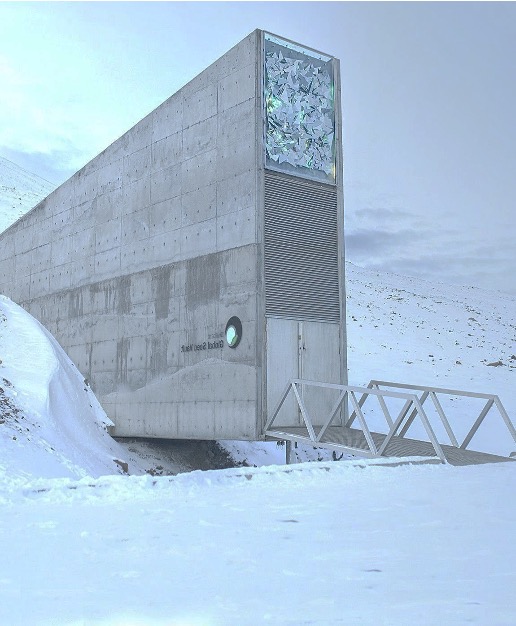
Seed Bank (Norway)
EDGE of Existence
The EDGE of Existence programme is a global conservation initiative that uses a scientific framework to select species for conservation prioritisation
-
A species must be Evolutionary Distinct and Globally Endangered (EDGE) to be selected for prioritisation
-
Evolutionary distinct species have few close relatives and represent unique phylogenetic branches
-
Globally endangered species may be defined as at risk according to the IUCN red list for threatened species
-
The EDGE of Existence programme is used to inform relevant stakeholders of conservation priorities – it does not make decisions regarding interventions
-
Keystone species may not be globally endangered, but they may require greater priority for conservation due to their integral role within an ecosystem
-
Certain species may be considered culturally significant and hence be prioritised according to political need
Percentage of Species At Risk
